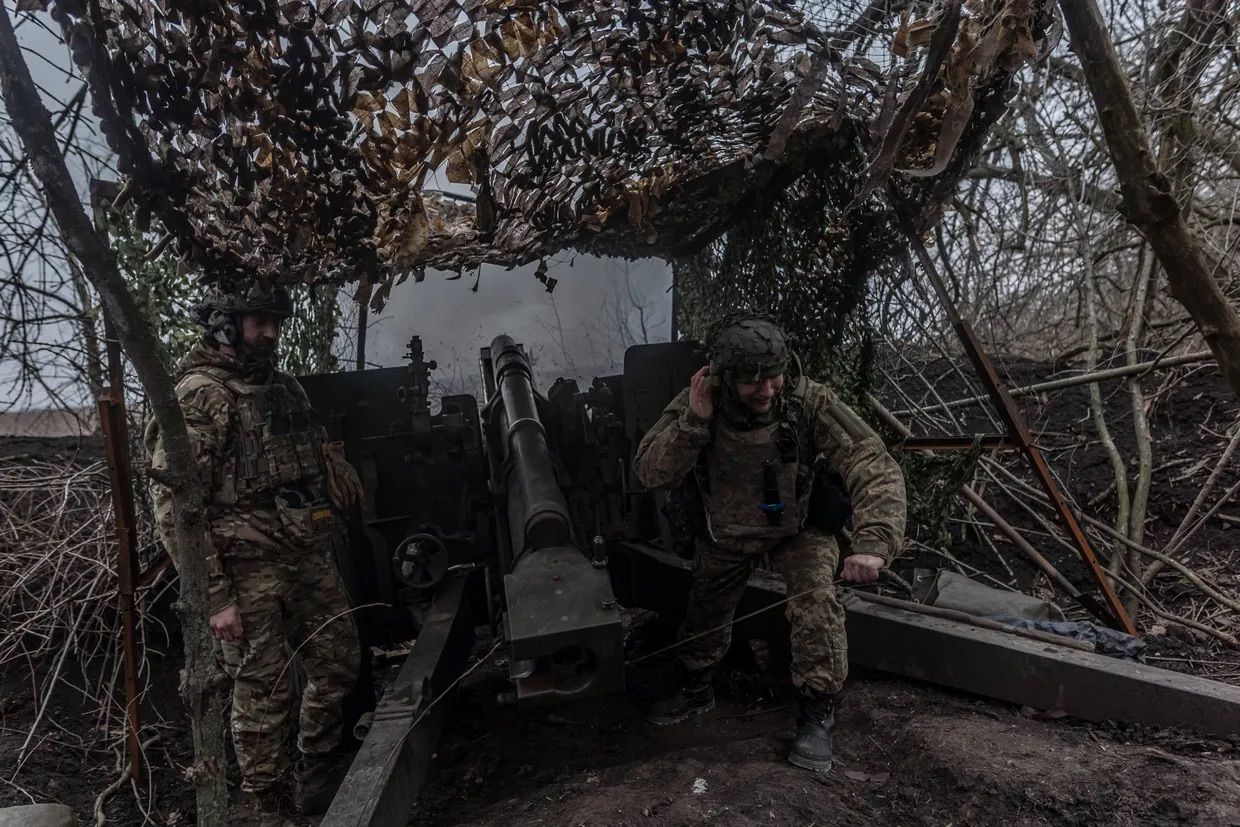Stoltenberg: 'It is not too late for Ukraine to prevail'

Ukraine can still win the war against Russia, but allies have more to do to ensure Kyiv receives "the support we have promised," NATO chief Jens Stoltenberg said on April 25.
Speaking at the Atlantik-Brucke event in Berlin, Stoltenberg said members of the bloc now had to "turn these commitments into real deliveries of weapons and ammunition – and to do so quickly."
A months-long delay in U.S. aid has meant the situation on the battlefield has deteriorated for Ukraine, and cities across the country have suffered under Russian drone and missile attacks due to a lack of air defenses.
Congress finally passed the bill this week, and European countries, including the U.K., Germany, Denmark, and the Netherlands, have all recently made further pledges of military aid.
"In recent months, NATO allies have not provided the support we have promised," he said, adding: "But it is not too late for Ukraine to prevail because more support is on the way."
After months of political wrangling, the Pentagon announced on April 24 that it is ready to move forward with sending $1 billion of weapons from U.S. stockpiles to Kyiv now that President Joe Biden has signed a $95 billion aid package that includes more aid for Ukraine.
The new package will include RIM-7 and AIM-9M missiles for air defense, Stinger anti-aircraft missiles, TOW missiles, Javelin and AT-4 anti-armor systems, and Bradley infantry fighting vehicles.
It will also include additional ammunition for high-mobility artillery rocket systems (HIMARS), precision aerial munitions artillery shells, including high explosive and dual-purpose improved conventional munitions rounds (DPICM), and various other support equipment.
"This package will surge munitions, weapons, and equipment forward to support Ukraine's ability to defend its frontlines, protect its cities, and counter Russia's continued attacks," the Pentagon said in a statement.
Some of the U.S. military aid for Kyiv is already reportedly in Germany and Poland, cutting down the time needed for the weapons and equipment to reach the front line.
Other pieces derived from the $61 billion package may take more time, as they may need to be sent from the U.S. or other locations. Some potential items of military aid will also need to be purchased or even manufactured, which will take even longer.















